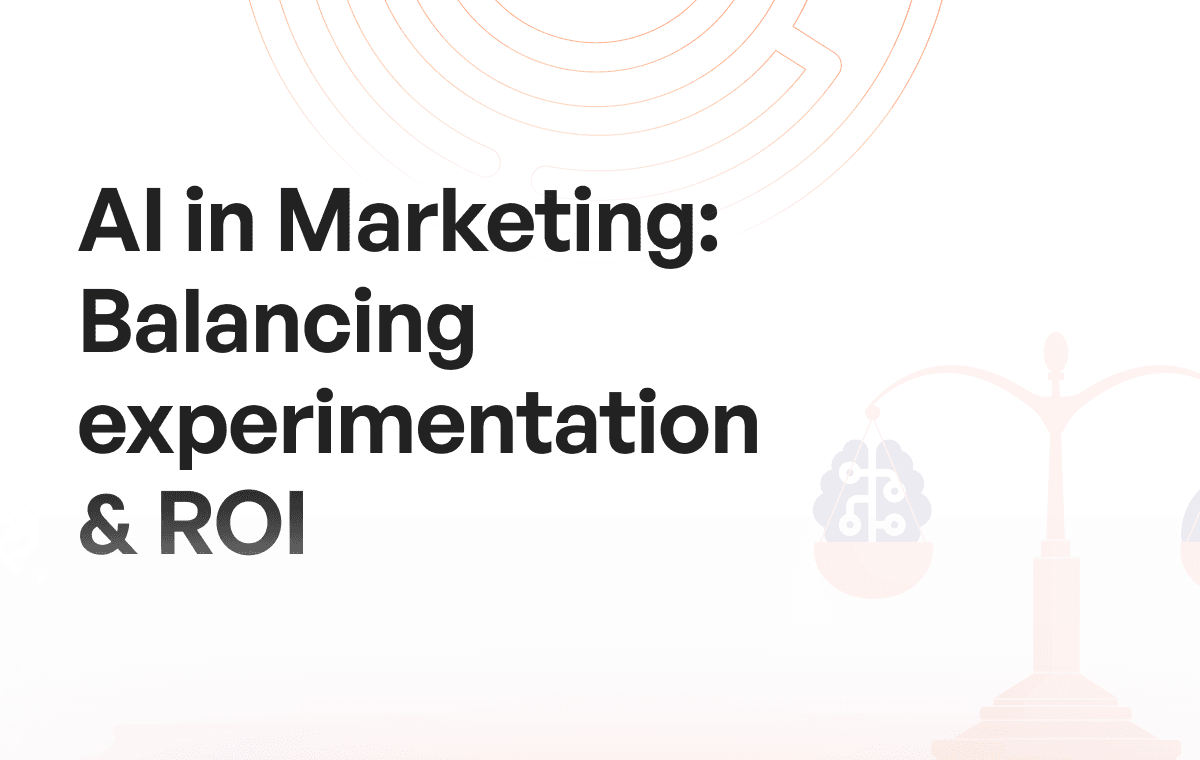What does the next decade have in store for the marketers?
One of the key challenges facing marketers is a deep understanding of their customers. If you want to know what marketing experts had to say about marketing trends in 2020, grab a coffee and check out this article.

Chief Product Officer | Co-Founder
Last Thursday, we invited Terry Williams (VP, Product and Marketing from MyRepublic ID), Yosuke Miki from Hakuhodo, Debojyoti Sanyal from KFC, and Pavel Bulowski representing Meiro to explore the current marketing challenges they face and explore various trends that will shape the marketing landscape in the next decade.
One of the key challenges facing marketers is the deep understanding of their customers.
There is an ever-expanding list of technology and touchpoints where customers can be engaged. Recently emerging technologies such as face recognition, self-transportation, smart cities hold valuable data about consumers’ changing behavior and preferences. The challenge, however, is for companies to work with their own first-party data for actionable insights to truly realize its potential. This requires deeper collaboration between the business leaders, marketers and technology departments who all have a role to play. For example, with the recent restriction of third-party cookies in major browsers, marketers who still need to understand their customer behavior and personalize communication with them will need to collaborate with businesses to understand their priority and IT to understand the technical solutions. 
New technology adoption has to go hand in hand with ROI
Before acquiring new marketing technology it is extremely important to understand where it fits in the greater marketing strategy, set priority and define clear use cases for it; which will also help with measuring its ROI. On the other hand, having clear internal owners who will advocate and drive the adoption to internal stakeholders is the key to successful digital transformation and is the path to achieving the desired ROI.
“Successful adoption of marketing technologies is both in the hands of the supplier and the company implementing the changes. Well executed POCs can serve to mitigate ‘adoption risk’ in that team members can be warmed up to the idea of implementing a new technology in their already large baskets of tools. By jointly creating a phased approach to adoption, it’s more likely to drive intended ROI and to create a win for stakeholders on both sides of the table.” — Terry Williams, Vice President Product and Marketing at MyRepublic Indonesia, said during our February meetup.
Understand users behavior from multiple perspectives
It used to be the case that we only looked at the obvious metrics for users’ behavior such as website visits or sales. However as more data and touchpoints became available, we started looking at a more holistic set of user metrics. Customer churn and contactability are two critical KPIs for assessing a customer’s long term value. On the other hand, not all the users-related metrics have to be closely tied to monetary potential; it is important to provide the scope for marketing teams to test and innovate on their strategy with different types of metrics.
Machine learning and automation are just half the picture
While the 2010s saw a rush of organizations building their digital strategy and channels, we are now seeing the resurgence of more meaningful offline interactions. Each of these alone is not the complete customer journey, and therefore cannot be dealt with as a silo. Marketing decision making, therefore, is the optimal combination of artificial and human intelligence, combining online and offline channels.
From post-mortem to course correction
How marketing is measured today is often after the end of the campaign as a “post-mortem”, this is hardly useful for optimizing channel effectiveness and adjusting the strategy along the way. Coupled with the lack of good attribution models, it is no wonder that marketers often do not get the intended ROI from their marketing investments. We need to move our mindset to focus on initial strategic planning; defining key KPIs involves not just marketing but also business and IT stakeholders. Marketing teams need to adopt an agile methodology, creating small “prototypes” of a campaign that allow them to test and adjust their strategy before committing to it. Regular testing and reviewing of performance mid-campaign allows for meaningful reallocation of resources and strategy optimization.
The key recipe for success is in the talent
The breadth and complexity of technologies that marketers work within the 2020s require a re-think of how marketing talent is recruited and developed. Marketers are not traditionally technologists as in the past IT would have owned most of the marketing technology, but there is immense pressure today for marketers to have basic data literacy and understanding of key digital and technology trends. The good news is that beyond traditional education, this can be achieved through internal knowledge sharing, podcasts, books, seminars and various other sources of information. It is also important for businesses to be intentional about their employee education by setting aside a budget for education and training, which has a great ROI in the long term.
Unleash the full potential of your customer data. Let’s talk!
Spread the love:

Pavel stands behind all the smooth operations and business growth. You would run into him in the queue at airports rather than in one place. Besides that, he enjoys chess, boxing, and history.


